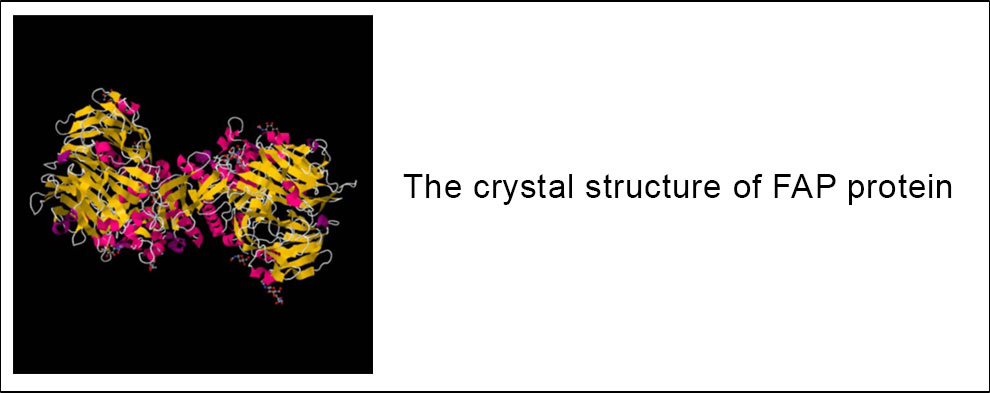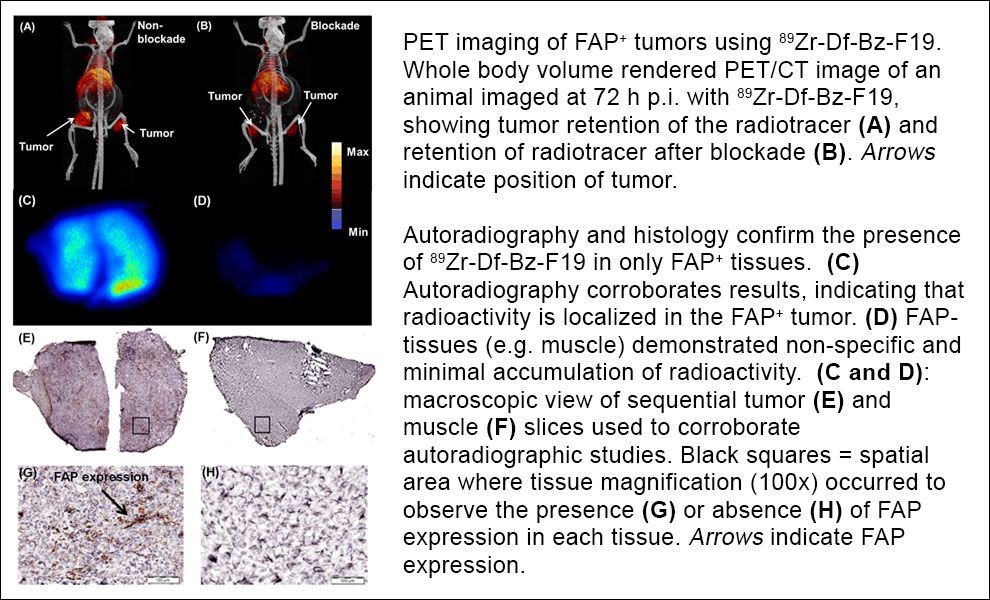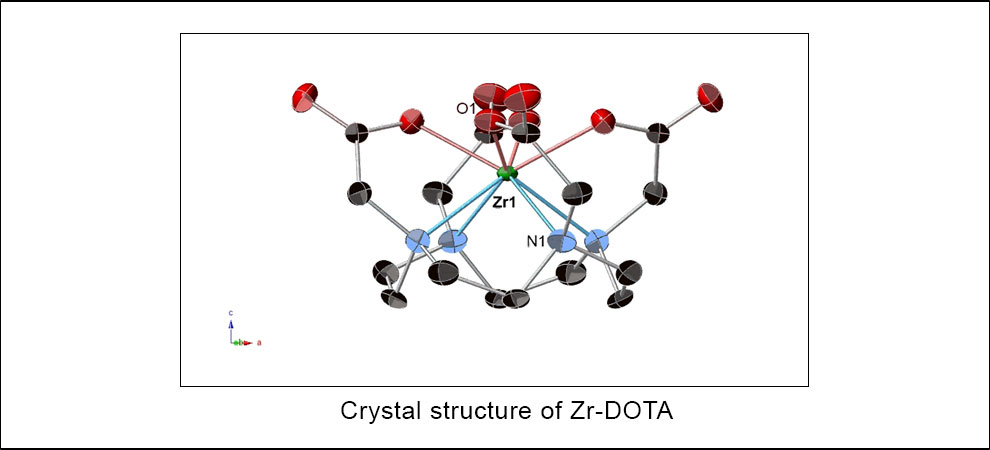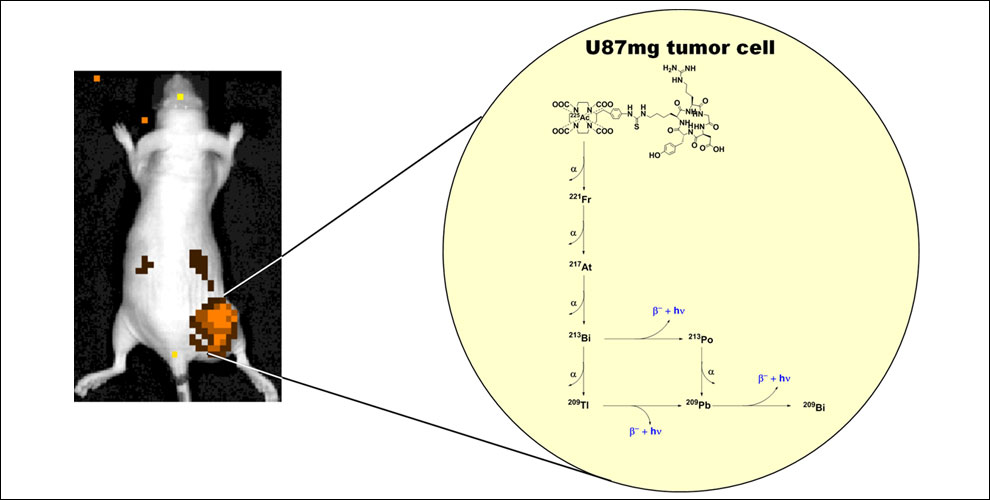The Wadas Laboratory has a diverse research portfolio that can be classified into three focus areas, which would be of interest to collaborators in the physical, life and clinical sciences. A synopsis of each focus area with relevant publications are provided to those interested learning more about the lab’s research.
Project 1: Imaging pancreatic cancer and the tumor microenvironment
By 2030 pancreatic cancer (PDAC) is expected to be the second leading cause of cancer deaths Since most symptoms are reported after metastasis has occurred, the overall 5-year survival rate is dismal – only 7%. Currently, physicians rely on imaging modalities, which describe tumor location and size, to diagnose and stage PDAC. However, these modalities have inherent limitations or provide very limited information about the tumor’s biological characteristics. The goal of this research project is to develop positron emission tomography (PET) agents that detect tumor associated fibroblasts (TAFs) in the PDAC tumor microenvironment (TME). This will be accomplished by developing PET agents that are specific for fibroblast activation protein alpha (FAP), a serine protease that is overexpressed on TAFs in the PDAC TME. If successful this approach will provide clinicians with insight into the local immune response within the tumor, the tumor’s aggressiveness, and its metastatic potential. Furthermore, current pancreatic cancer-focused clinical trials are evaluating novel treatment approaches, which involve combination therapies that simultaneously target stromal and cancer cells. Accordingly, imaging agents that target the tumor stroma would allow physicians to more easily identify those patients with significant stromal involvement and who may benefit from these novel therapies as well as facilitate clinical testing of TME directed approaches. This information could then be used to enhance therapeutic planning to decrease suffering and improve patient survival.


Project 2: Zirconium chemistry, radiochemistry and immuno-PET
Monoclonal antibodies (mAbs) represent one of the fastest growing classes of therapeutics. Given the high cost of these therapies, the need arises for companion diagnostic agents that can noninvasively assist physicians in accurately identifying patients that would experience an effective clinical response from treatment. Zirconium-89 immuno-PET, which is the use of 89Zr-radiolabelled mAbs in conjunction with positron emission tomography (PET) to noninvasively probe receptor expression on tumors, is being evaluated in this capacity. Currently, the preparation of 89Zr-Immuno-PET agents requires 89Zr to be attached to an antibody through desferrioxamine (DFO) or its analogs, which are derivatives of the iron chelator desferral, a growth-promoting agent secreted by Streptomyces pilosus. Despite the widespread use of DFO in89Zr-immuno-PET applications, the unsaturated coordination sphere of [89Zr]Zr-DFO is believed to be responsible for its observed instability in preclinical and clinical settings. Consequently, significant effort has been expended to develop improved89Zr(iv)-chelators. The goal of this research project is to evaluate polyazamacrocycles as ligands for 89Zr. Previously, our research demonstrated that polyazamacrocycles are efficient 89Zr chelators and that the resulting radio-metal complexes are more stable than the gold standard [89Zr]Zr-DFO. Current research goals are focused on exploring the potential application of these radiometal complexes with antibodies and nanoparticles to enhance the clinical utility of immuno-PET.

![Small animal PET imaging that depicts the clearance of 89Zr[Zr]-DFO and 89Zr[Zr]-DOTA](/sites/theranostics.lab.uiowa.edu/files/2020-05/Project-2b.jpg)
Project 3: Implementing Theranostic Technologies with Actinium-225 (225Ac)
There is growing consensus that actinium-225 (225Ac: t1/2 = 10 d; Eαmax = 6-8 MeV) has the potential to emerge as a superior alternative to 223RaCl2 in targeted alpha particle therapy (TAT) development. 225Ac is readily available in high specific activity and radionuclide purity from Oak Ridge National Laboratories. Furthermore, 225Ac has the advantage of exhibiting chemistry that is amenable to chelation and conjugation to targeting molecules such as antibodies, peptides, and nanoparticles. The goal of this research is to develop targeted alpha particle therapies (TAT) for oncology applications with an emphasis on eradicating metastatic disease. Currently, we are developing several 225Ac-based TATs that are designed to target bone metastasis in breast and prostate cancer, and one of our recently developed therapies for melanoma metastasis will enter a first-in-human clinical trial in the summer of 2020. Additionally, we seek to develop ways to visualize TAT delivery using imaging. Previous research from the lab demonstrated the first use of Cerenkov radiation and standard optical imaging techniques to visualize preclinical TAT delivery to tumors; we are focused on improving and refining these techniques.
